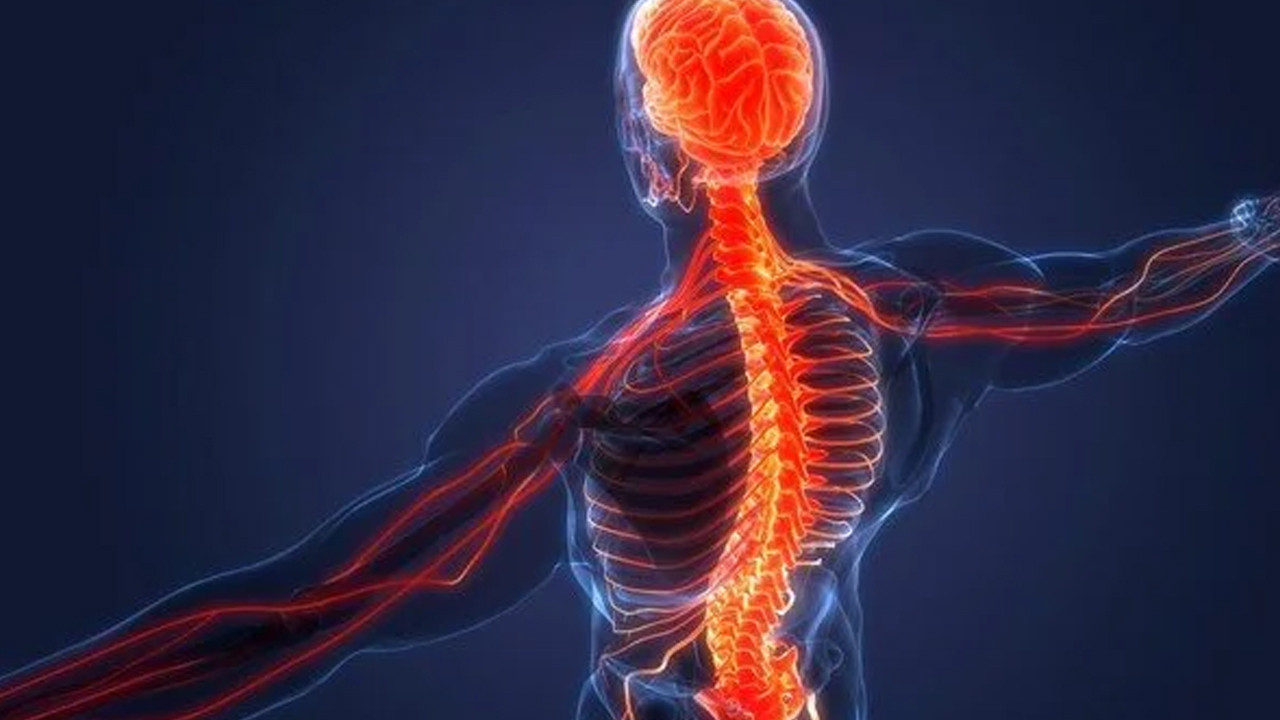The human brain and nervous system constitute an intricate and remarkable network that underpins every aspect of our existence. This article provides a comprehensive exploration of the basic principles of the human brain and nervous system, elucidating their structure, functions, and key components. By delving into the central and peripheral nervous systems, neural communication, and the role of neurotransmitters, this article aims to offer foundational knowledge about the marvel that is the human brain.
Introduction: The human brain and nervous system are essential to our daily experiences, influencing thoughts, emotions, movements, and bodily functions. This article aims to unravel the mysteries of these intricate systems, providing a foundational understanding of their architecture and functions.
Structure and Organization:
- Central Nervous System (CNS): Comprising the brain and spinal cord, the CNS is the control center of the body, processing information and orchestrating responses.
- Peripheral Nervous System (PNS): Encompassing nerves outside the CNS, the PNS connects the body to the CNS, facilitating communication and transmitting sensory and motor signals.
Neurons and Neural Communication:
- Neurons: Neurons are the building blocks of the nervous system, transmitting electrical signals (action potentials) through their axons to communicate with other neurons.
- Synapses: Synapses are specialized junctions between neurons where neurotransmitters are released, enabling communication between neurons.
- Neural Pathways: Neurons form intricate pathways that allow the brain to process information and generate responses to stimuli.
Functions of the Nervous System:
- Sensory Function: The nervous system detects external stimuli (such as touch, sound, and light) and internal conditions (like body temperature and pain).
- Integration: The brain processes sensory information, integrating it to generate appropriate responses.
- Motor Function: The nervous system controls muscle contractions and bodily movements in response to stimuli.
- Homeostasis: The nervous system helps regulate bodily functions, maintaining balance and stability in the internal environment.
The Role of Neurotransmitters:
- Neurotransmitter Release: Neurons release neurotransmitters into synapses, transmitting signals to neighboring neurons or target cells.
- Key Neurotransmitters: Examples of neurotransmitters include dopamine (associated with reward), serotonin (affecting mood), and acetylcholine (important for muscle control).
Brain Lobes and Functions:
- Frontal Lobe: Responsible for decision-making, problem-solving, and personality traits.
- Parietal Lobe: Processes sensory information and spatial awareness.
- Temporal Lobe: Manages auditory perception, memory, and language.
- Occipital Lobe: Handles visual processing and interpretation.
Plasticity and Adaptation:
- Neural Plasticity: The brain’s ability to reorganize itself and adapt to new experiences, learning, and recovery from injuries.
- Critical Periods: Certain developmental stages are characterized by heightened neural plasticity, enabling efficient learning.
The human brain and nervous system form an intricate network that orchestrates our thoughts, behaviors, and bodily functions. By comprehending the fundamental principles of neural communication, brain lobes, and the role of neurotransmitters, individuals can gain a deeper appreciation for the marvels of human cognition and the nervous system’s remarkable adaptability. This foundational knowledge lays the groundwork for further exploration into the complexities of neuroscience and the wondrous capabilities of the human brain.
Neurological Disorders: A Comprehensive Examination of Afflictions of the Nervous System
Neurological disorders encompass a diverse range of conditions affecting the nervous system, with profound implications for cognitive, sensory, and motor functions. This article delves into the intricacies of neurological disorders, exploring their classifications, causes, symptoms, and potential treatments. By examining prominent disorders such as Alzheimer’s disease, Parkinson’s disease, multiple sclerosis, and epilepsy, this article aims to provide a comprehensive overview of the challenges and advancements in understanding and managing neurological afflictions.
Introduction: Neurological disorders pose significant challenges to individuals and society, impacting various aspects of daily life. This article seeks to shed light on the diverse spectrum of neurological disorders and the profound implications they have on the lives of those affected.
Classification of Neurological Disorders:
- Degenerative Disorders: Conditions like Alzheimer’s and Parkinson’s involve progressive deterioration of nerve cells, leading to cognitive and motor impairments.
- Inflammatory Disorders: Multiple sclerosis and autoimmune disorders involve inflammation and damage to the protective covering of nerve fibers.
- Seizure Disorders: Epilepsy is characterized by recurrent seizures, abnormal bursts of electrical activity in the brain.
- Neuromuscular Disorders: Conditions like muscular dystrophy affect the muscles and their interactions with nerves.
- Vascular Disorders: Strokes and aneurysms disrupt blood flow to the brain, leading to neurological deficits.
Causes and Risk Factors:
- Genetic Predisposition: Certain neurological disorders have a genetic basis, with inherited mutations increasing susceptibility.
- Environmental Factors: Exposure to toxins, infections, or trauma can contribute to the development of neurological disorders.
- Autoimmune Responses: Inflammatory and autoimmune processes can result in the body attacking its own nervous system.
Symptoms and Impact:
- Cognitive Impairments: Disorders like Alzheimer’s can cause memory loss, cognitive decline, and personality changes.
- Motor Dysfunction: Parkinson’s disease leads to tremors, stiffness, and difficulty in movement coordination.
- Sensory Abnormalities: Neuropathic pain, numbness, or tingling sensations are common in many neurological disorders.
- Seizures: Epileptic seizures manifest in various forms, from mild to severe convulsions.
Diagnosis and Treatment:
- Clinical Assessment: Neurologists evaluate medical history, conduct neurological exams, and use imaging techniques to diagnose disorders.
- Medications: Pharmacological interventions aim to manage symptoms and slow disease progression.
- Therapies: Physical, occupational, and speech therapies help improve functional abilities and quality of life.
- Surgical Interventions: In cases like epilepsy, surgical procedures may be considered to control seizures.
Advancements and Future Directions:
- Precision Medicine: Tailoring treatments based on individual genetic profiles promises more effective interventions.
- Neuroprotective Strategies: Research focuses on developing therapies to protect nerve cells from damage and degeneration.
- Stem Cell Research: Stem cell therapies offer potential for regenerating damaged nervous tissue.
Neurological disorders present complex challenges, affecting individuals physically, emotionally, and cognitively. By understanding the diverse array of disorders, their causes, symptoms, and potential treatments, society can unite in the pursuit of advancing knowledge, improving diagnostic accuracy, and developing innovative therapies. While significant progress has been made in unraveling the mysteries of neurological disorders, continued research and collaboration are essential to alleviate the burden these conditions impose on affected individuals and their families.


















